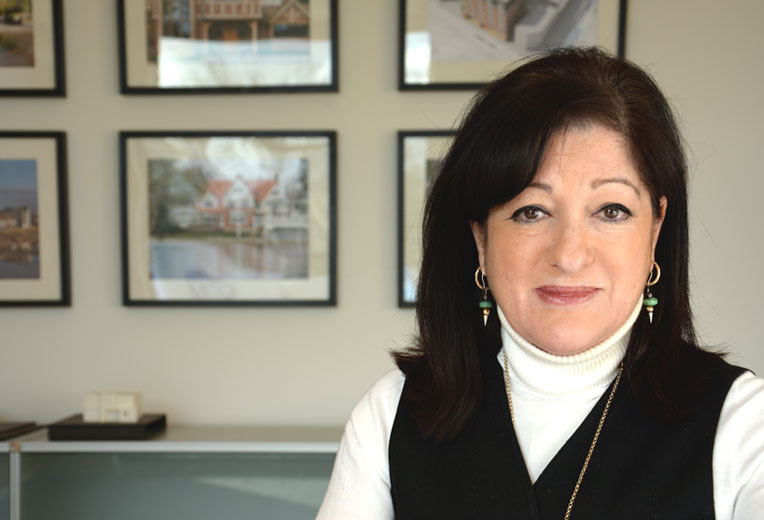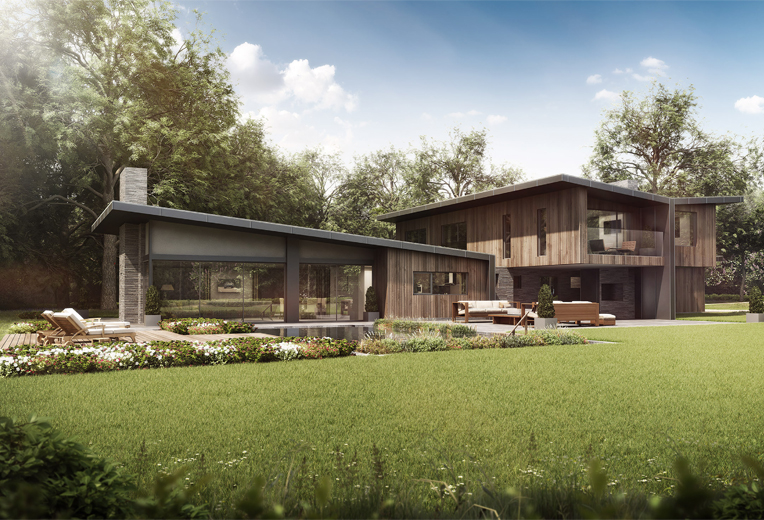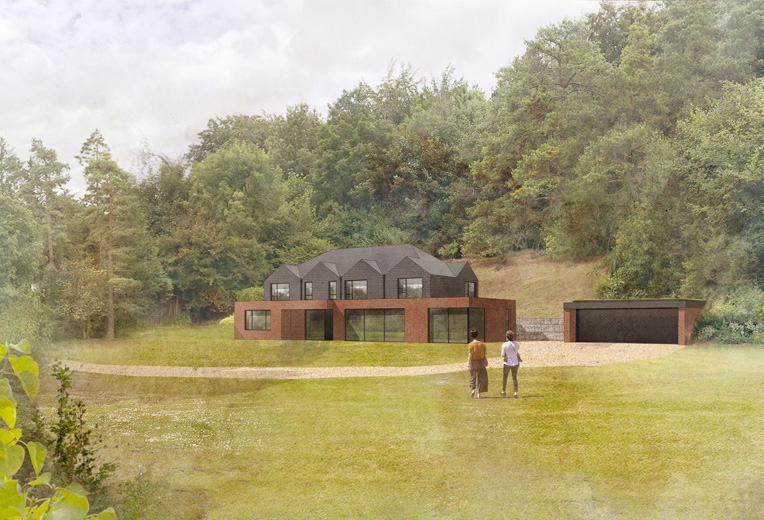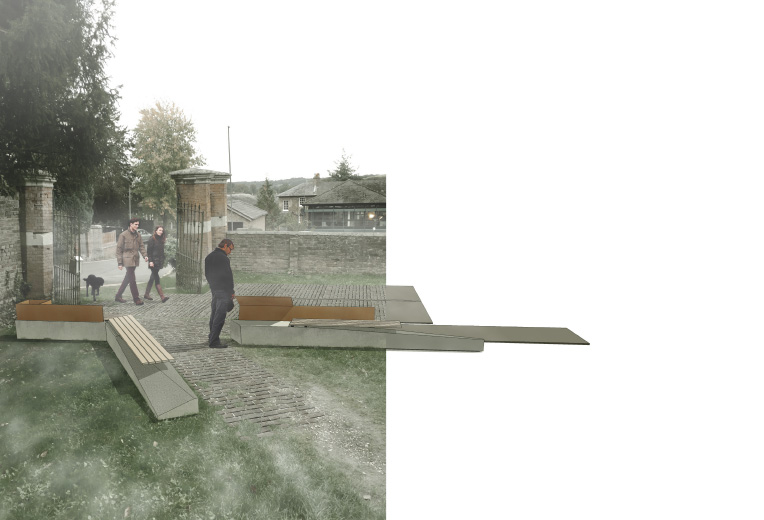Blog

Why women should study architecture
I was thirteen when the realisation dawned that I wanted to be an architect. It was quite sudden. During an art outing into our school grounds on a summer day I noticed that friends from my class at the Queen Elisabeth’s Girls’ Grammar School, were prettily drawing the flowers in the raised beds around the rather dull red brick buildings which were the subject of my own sketches.
My father was an architect who had encouraged all three of us kids to draw, paint, challenge clay, and generally be very hands on from a very early age. He never spoke to us about his work though or about great architecture, and when at the age of 16 I told him I had decided to follow in his footsteps his response was that it was not a profession for girls. I am so glad that I paid his view little heed – I have never seen career choice as being gender specific.
The careers mistress had never been asked for help with anything other than teaching, nursing or other Oxbridge entrance, and I was the first pupil who wanted to study architecture. Luckily a local friend a year or so older than me had taken that step and was in his first year at the Bartlett, London. My first visit to the manic open plan studios bedecked with imaginative sketches and models, with their shabby creators squabbling earnestly – and I was hooked. I naively only applied to one uni and was pleased that they let me in, one of 6 girls in a year of 45.
From my first day I was entranced with my choice of profession, and decades later I still am. I set up my own architecture and interior design practice almost as soon as I qualified, now located in South Bucks.
I cannot think of a degree subject or a career which covers such a stimulating breadth of subjects spanning perception and communication to acoustics, planning for communities to structural forms, legal frameworks and budgeting to appreciation of beauty, ecology and landscape to door knobs, sociology and history to technology and above all the rigour of late night design creation, dissertation, peer review and intellectual challenge.
This is not a course for the faint hearted – it takes stamina, talent, guts and buckets of confidence, but helps you to develop teamwork and leadership, and opens your mind to develop innovative thinking, social and environmental awareness.
So, why should women study architecture? Because it is amazing, creative, redefining, stretching, enabling, varied, intensely personal, intuitive, collegiate and very, very demanding. Surely these reasons apply to anyone you ask? Of course they do. So why to women?
This is simple. Roughly 50% of our world are women, who live in, work in, play in and with and are affected by their built environments, but only about 20% of practising architects are women in many parts of the developed world. The profession can never truly work at its best when its practitioners do not reflect the society within which it operates. There are therefore two reasons:
i. it’s an amazing mind expanding study programme and ii. we need more women.
It would be easy to suggest that men cannot design for women – just point at the queues outside the women’s loo at any theatre in the interval – but the truth is that a good architect thinks about all of these things holistically irrespective of their gender. If there is a queue then it’s probably not because the architect was a man, but was perhaps more driven by the symmetry of the entrance hall than by empathy with the needs of the people using it.
The key here is that although an architect is an architect, men and women often bring different skills and ways of contributing, and need to contribute equally; the most successful and diverse practices create architecture where the needs of all users are equally reflected in their design.
Despite great strides in pushing for equality at entry level to architecture courses (now 44%) numbers of women drop off for the second degree and before professional qualification (to 35%) and many more drop away even faster in their child bearing thirties. Such attrition rates which represent a massive professional brain drain, as well as the removal of critical high level role models, are beginning to be addressed. The evidence from many studies shows that the more diverse, fair and flexible a practice culture, the better a business does and there are great practice examples.
As the RIBA’s (Royal Institute of British Architects) Equality and Diversity Champion for the last 18 months I have been working hard with colleagues across the construction industry, and a really dedicated team in house, to create an awareness of the problems. We are developing quick-win toolkits, as well as longer term functional and practical proposals both for practices to adopt, and for individuals to develop the confidence needed to make their way in a still mostly male, white profession.
I have great ambition for a roll out of mentoring schemes – we want to encourage retiring architects to mentor younger practices, and architects at different points in their careers to be both mentors and mentees – to develop a fairer and more inclusive profession.
We have great Role Models** in the profession who can be our ambassadors for change, and help us to attract and retain the most talented architects irrespective of their gender.
From September 1st 2015, I will be the 75th president of the RIBA. I do not consider it of the slightest importance that I will be the third woman president – but hope that my chosen challenging, stimulating and exciting career will help to inspire the next generation to consider the relevance of the creative contribution that all of our profession can make to the future.
Jane Duncan RIBA President Elect
June 2015










